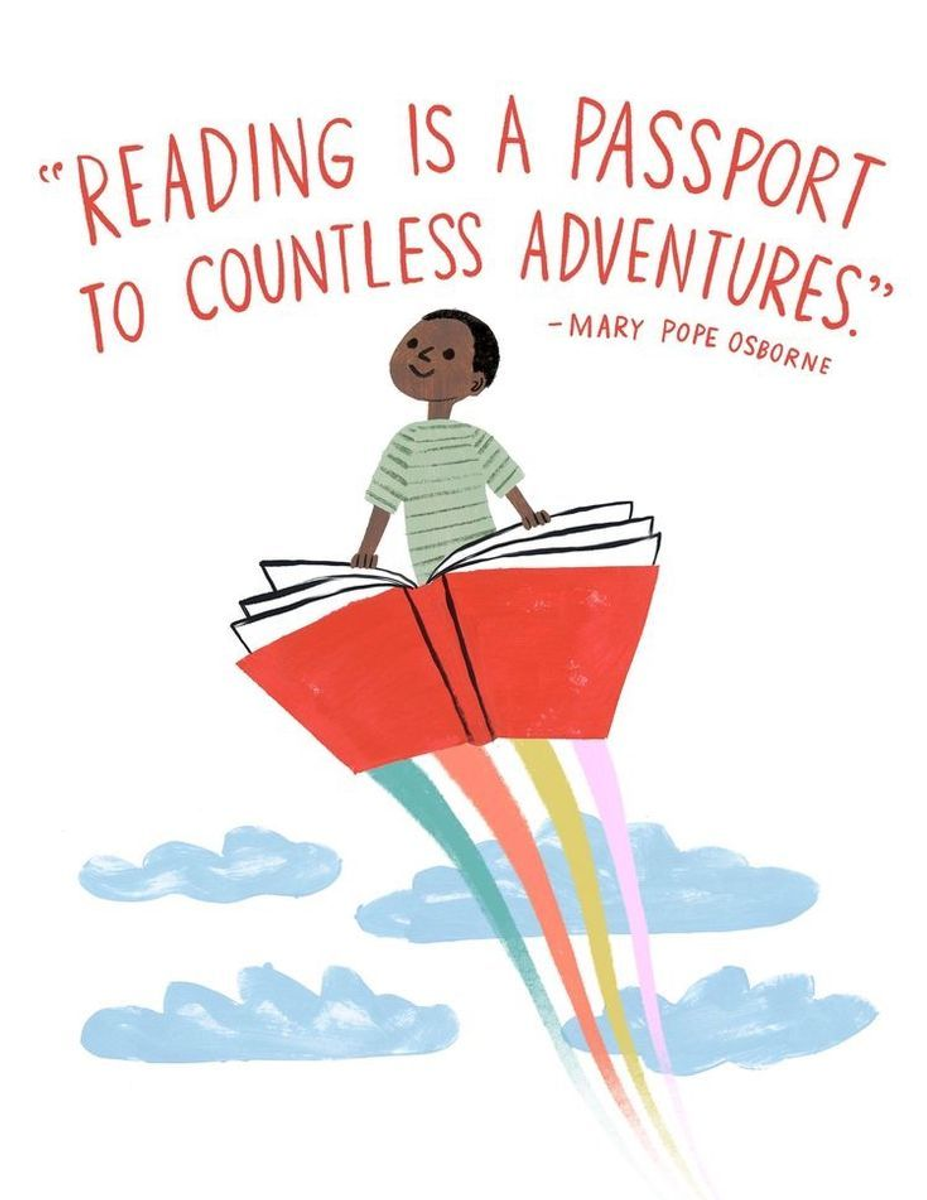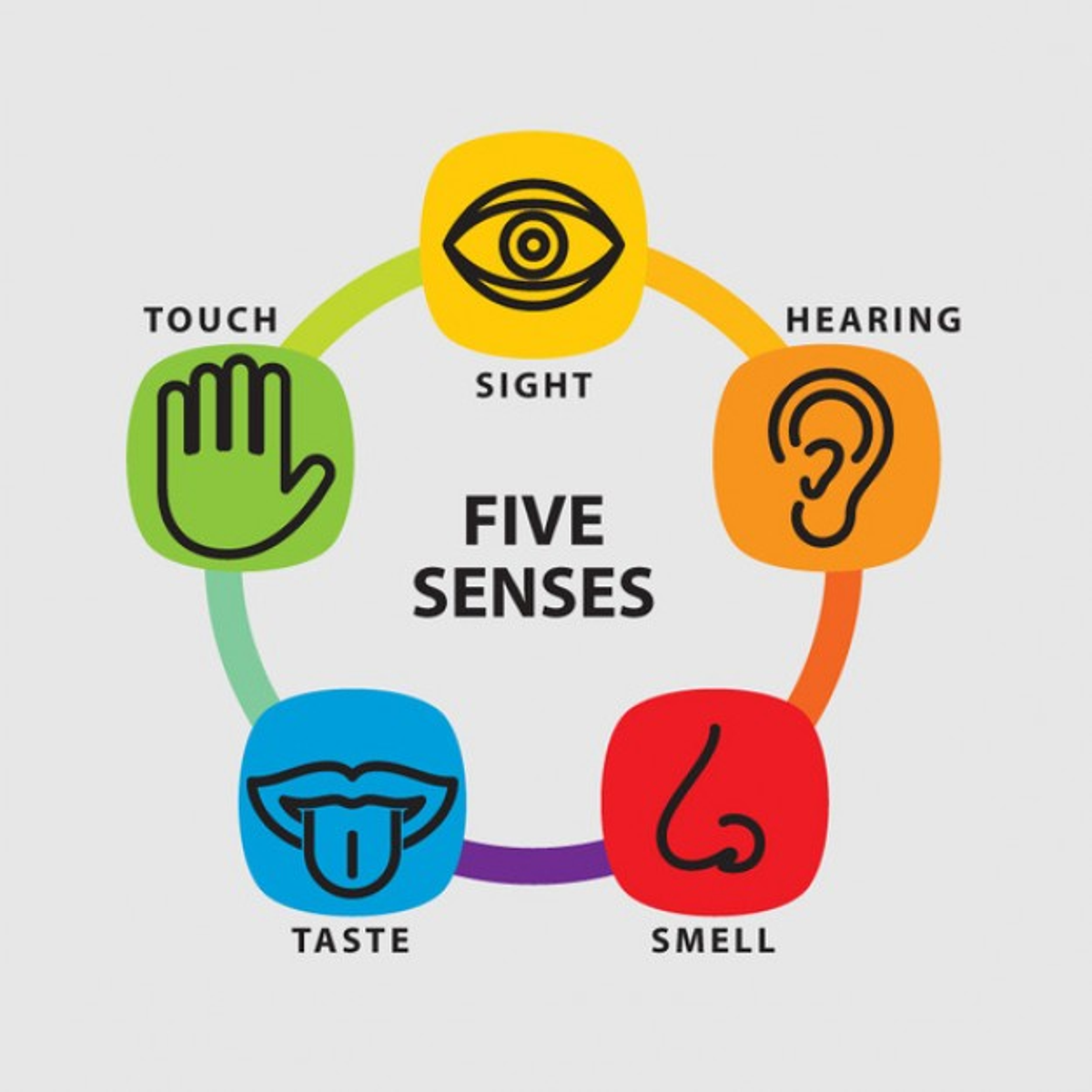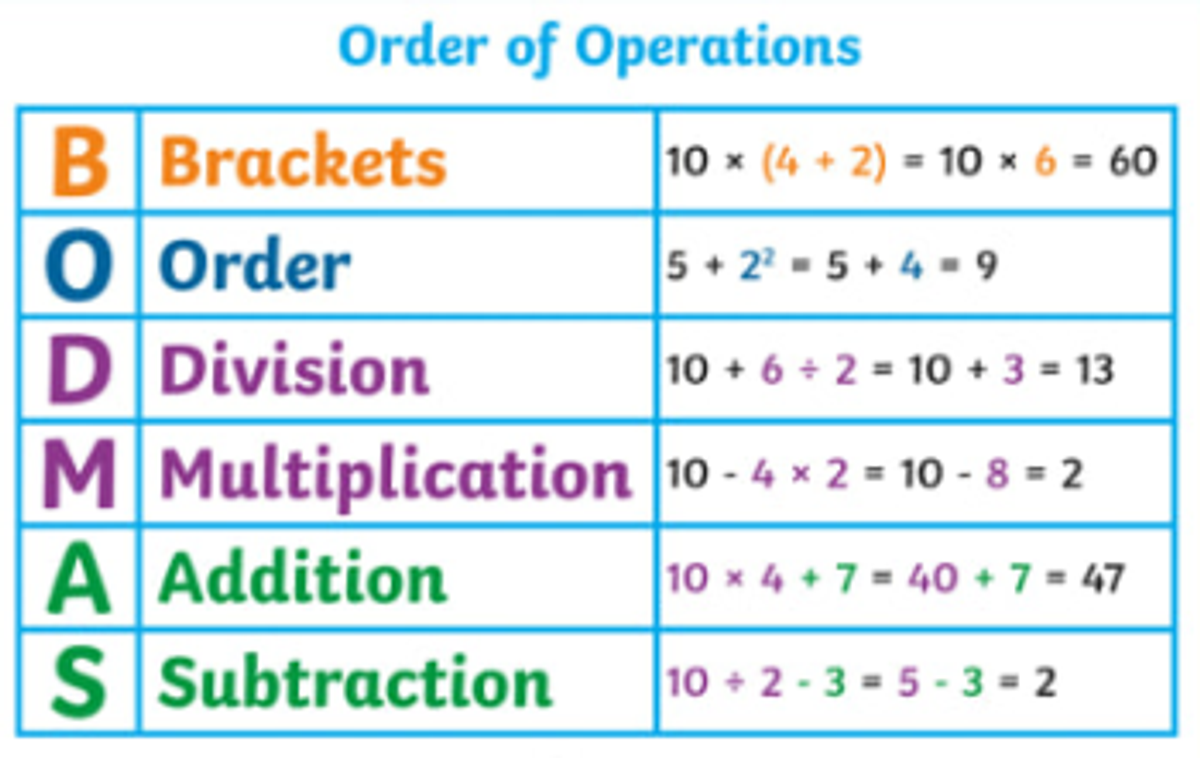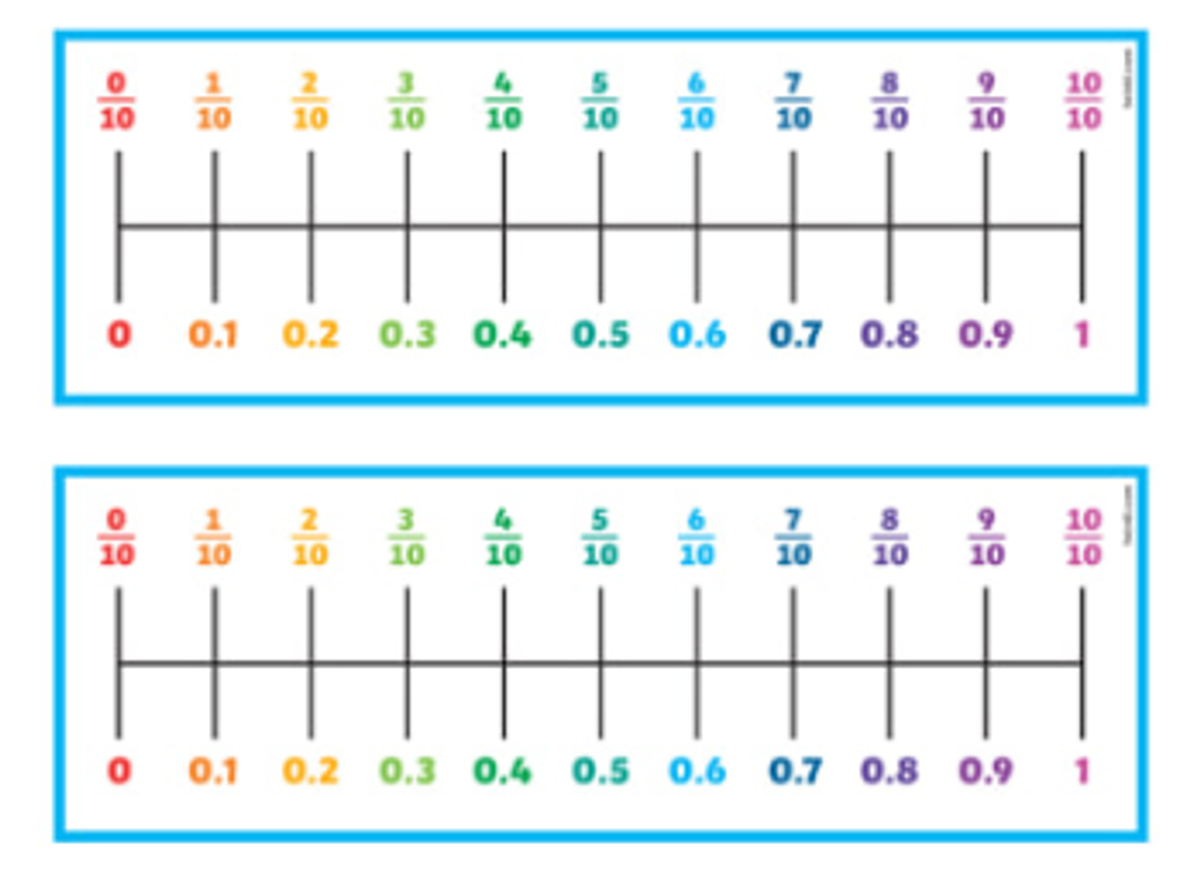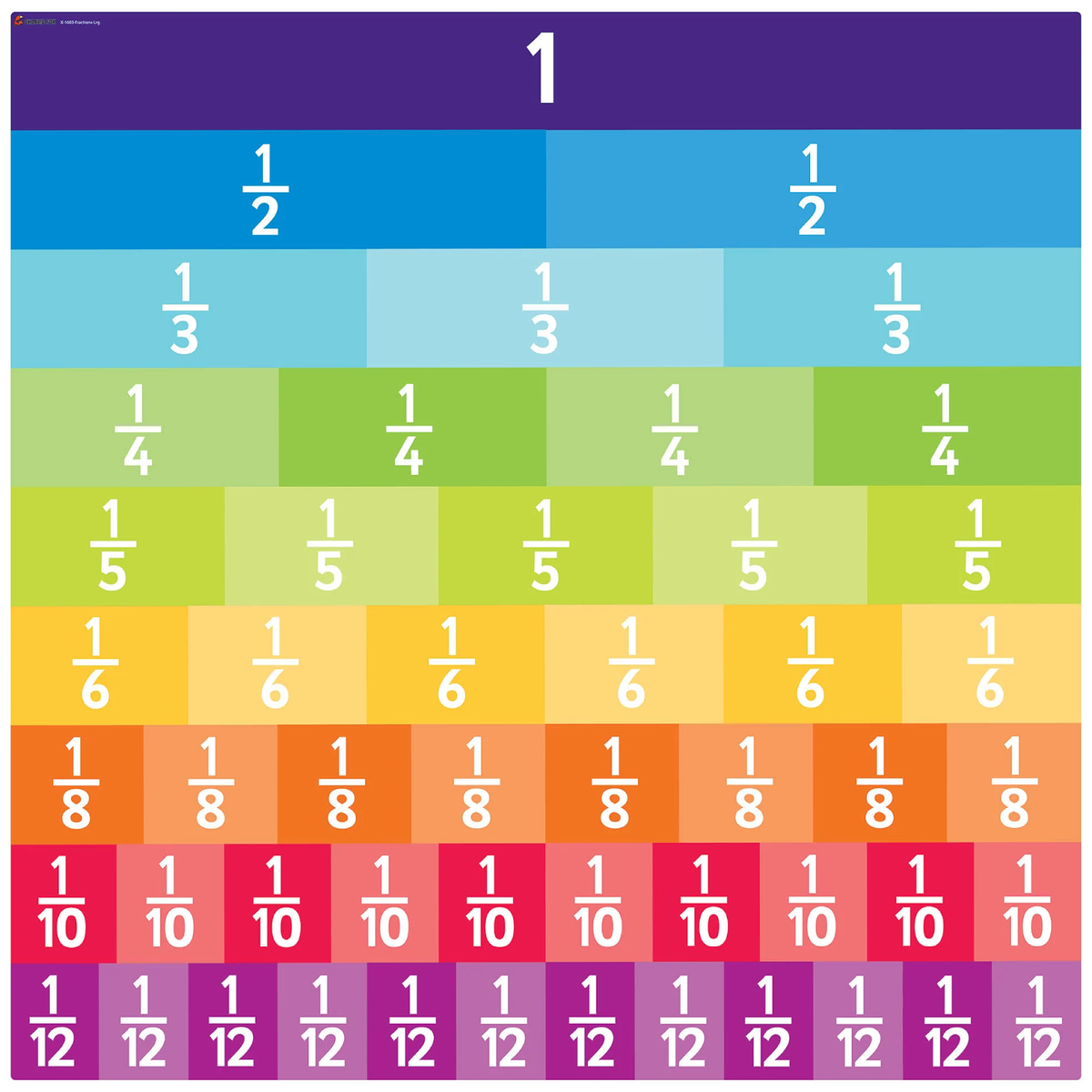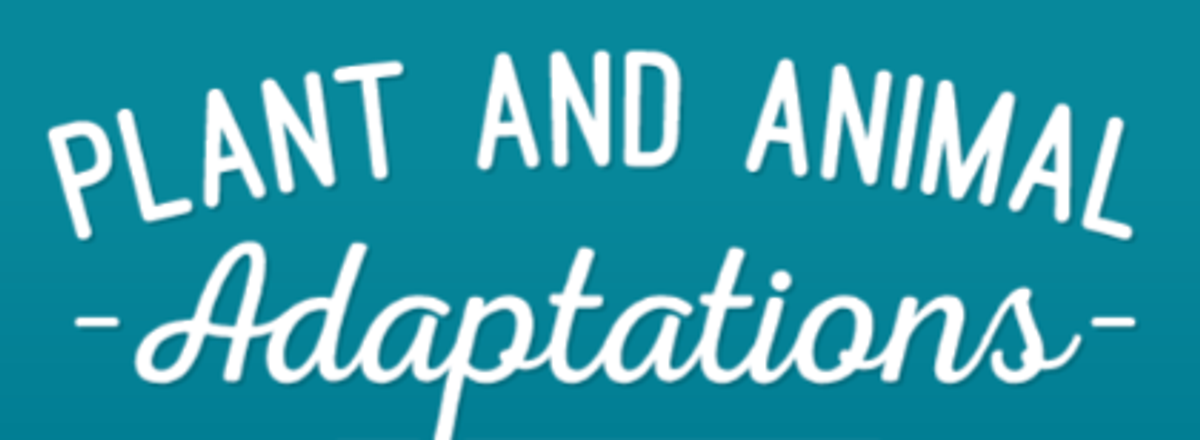Level 6

Literacy
Reading
Throughout Term 3 students will continue to use comprehension strategies to interpret and analyse information and ideas. Students will identify and describe similarities and differences between texts, including those by the same author or illustrator.
Imagery is also featuring within the Term 3 curriculum. By analysing a range of texts, students will develop their understanding of the relationship between words and imagery; such as how imagery may add additional information and greater insight to a text, or increase a readers engagement.
Writing
The Term 3 focus in Level 6 Writing is narrative texts. This is an enjoyable and highly creative unit whereby students are continuing to refine their ability to create correctly structured narratives that are highly engaging for the reader. Students will experiment with a range of figurative writing devices such as onomatopoeia, hyperbole, simile, metaphor and so on; whilst also using descriptive language to appeal to each of the five senses: sight, touch, sound, taste and smell.
Spelling & Grammar
As we have done throughout Terms 1 & 2, within Term 3 we are continuing with our Jolly Phonics Spelling and Grammar program to continue refining students ability to identify common spelling patterns and correctly use language structures.
Key Questions to share at home;
Why is a picture worth a thousand words?
How do you get a sense of smell in reading?
How can you get a sense of taste from reading a book?
What is onomatopoeia?
You may like to have your child/ren share their narrative with you.
Numeracy
Throughout Term 3’s mathematics learning, students will refresh and refine their mental and written strategies for using the four operations, including using the order of operations, BODMAS. They will learn to place a mixture of fractions, both proper and improper, decimals and whole numbers on a number line along with adding and subtracting fractions and finding fractions of a number and a quantity. Furthermore, students will increase their skills by creating patterns using a mixture of whole numbers, fractions and decimals.
As part of the sub-strand of Measurement, students will apply their understanding of decimals to the metric measurement of volume, capacity, mass and length. They will also be working on comparisons in these areas of measurement.
Key Questions to share at home;
How do we use measurement in daily life?
What jobs or industries rely heavily on measurement?
How can we apply our understanding of decimals to our everyday lives? (ie buying petrol, measuring food items we purchase and calculating cost.)
Inquiry
In Term 3, Level 6 has been learning about living things and how their structural features and adaptations help/helped them survive in their environment.
We’ve been looking into how the growth and survival of living things are affected by the physical conditions of their environment.
Key Questions to share at home;
How do living organisms survive in an extreme environment?
What are some animals or plants that have evolved over time to adapt to their environment?
Why do some animals migrate and hibernate?
Other Key Information
Important Dates
Term 3 Finish - 18th September 2020
Term 4 Start - 5th October 2020
